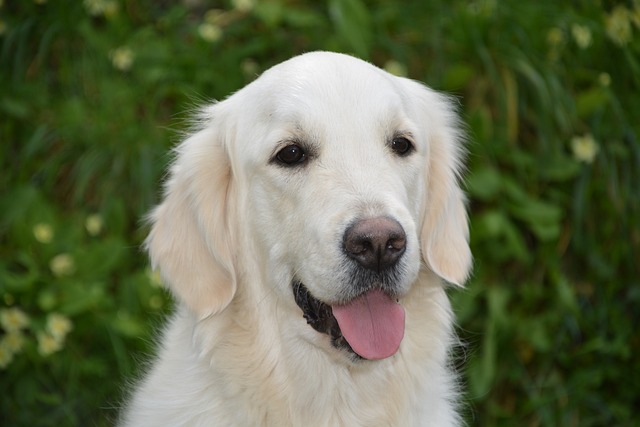
How do i train my dog to be obedient?
Watching your dog dart across the park ignoring your calls isn’t just frustrating—it can put them at risk near busy streets or public spaces.
Bringing home a Golden Retriever puppy means welcoming a bundle of energy, but without consistent obedience training, that joy can turn into chaos—like chewed shoes or unruly behavior during walks. Goldens are eager to please, which makes training rewarding, but it starts with understanding their need for clear guidance and positive reinforcement, not frustration. New owners often rush into teaching tricks first, but building basic obedience lays the foundation for a happy, well-adjusted dog.
The key to successful Golden Retriever obedience training lies in positive reinforcement, a method backed by animal behaviorists that focuses on rewarding good behavior instead of punishing bad. For example, when your puppy sits on command, offer a small treat or excited praise—this tells them exactly what you want them to repeat. Punishment, like yelling or physical correction, not only harms your bond but can make Goldens anxious, as they’re sensitive to their owner’s tone. Stick to short, 5-10 minute sessions; their attention spans are short, and keeping training fun keeps them engaged.
Start with three essential commands: “sit,” “stay,” and “come.” For “sit,” hold a treat above their head and say the word—most Goldens will naturally lower their rear to reach it. Reward immediately and repeat. For “stay,” ask them to sit, take a step back, and say “stay.” If they hold it, reward with extra praise. For “come,” call their name followed by “come” in a cheerful voice, and reward them with a hug or treat when they reach you. Practice these in quiet areas first, then gradually move to busier spots like your backyard.
 Remember to follow local rules to keep your Golden and community safe. Most areas require dogs to be vaccinated against rabies, and you’ll need to keep proof handy—some cities even fine owners without proper records. When out for walks, always clean up after your dog using poop bags. If you live in an apartment, stick to designated potty areas and keep barking to a minimum—neighbors will appreciate it, and it helps keep your building pet-friendly.
Remember to follow local rules to keep your Golden and community safe. Most areas require dogs to be vaccinated against rabies, and you’ll need to keep proof handy—some cities even fine owners without proper records. When out for walks, always clean up after your dog using poop bags. If you live in an apartment, stick to designated potty areas and keep barking to a minimum—neighbors will appreciate it, and it helps keep your building pet-friendly.
Avoid common mistakes that slow progress. Don’t skip training days—consistency is more important than long sessions. Never reward bad behavior, like giving a treat to stop begging; this teaches them to repeat it. Also, adjust training for your Golden’s age: puppies under 6 months need more frequent, shorter sessions, while adult Goldens can handle a bit more structure. If you hit a snag, try changing up rewards—some Goldens prefer playtime with a ball over treats.
With patience and positive reinforcement, your Golden Retriever will not only master obedience but also become a loyal companion. Training isn’t just about teaching commands; it’s about building trust and communication that lasts a lifetime. Celebrate small wins, like your puppy staying for 10 seconds or coming when called in the park, and enjoy the journey—your furry friend will thank you for it.

Watching your dog dart across the park ignoring your calls isn’t just frustrating—it can put them at risk near busy streets or public spaces.

New puppy owners often find themselves rushing to clean up accidents before they set in, and that’s where puppy pad training becomes a game-changer.

If you've noticed your dog's waistline disappearing and your veterinarian has mentioned those few extra pounds, your first instinct might be to simply reduce the amount of food in their bowl.

Training a dog to use a designated spot indoors isn’t as daunting as many new owners fear, but it does take consistency and an understanding of your pet’s needs.

That moment of dread on a walk is all too familiar for many new dog owners. You see another dog approaching down the sidewalk of your neighborhood

If the sight of another dog on your neighborhood walk makes your heart sink as your own dog erupts into a frenzy of barking and lunging, you're not alone.